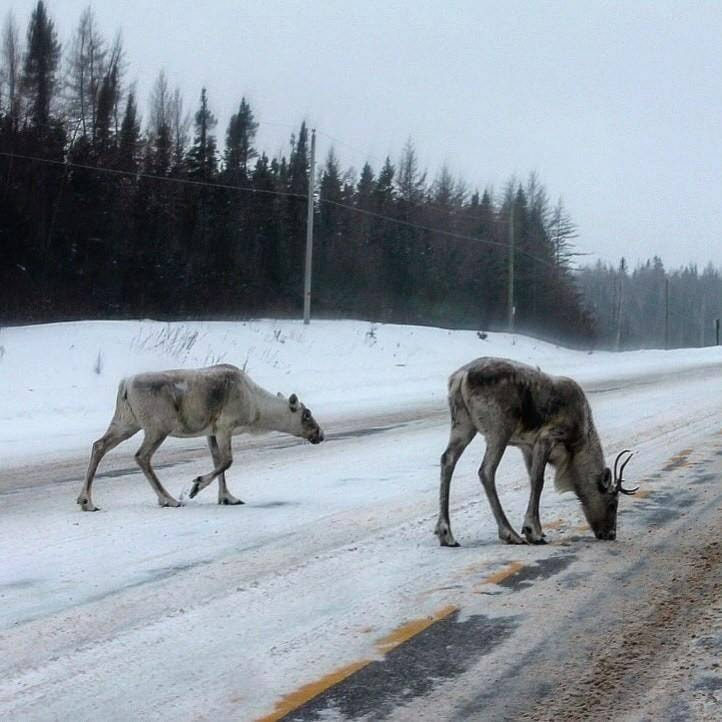The Alberta government has directed a forestry company to harvest old-growth trees in caribou habitat where the province has already spent millions and signed agreements to help the herds survive, environmental groups say.
The Canadian Parks and Wilderness Society and the Alberta Wilderness Association said Thursday that government maps show West Fraser Timber has been directed to clear-cut blocks that contain century-old trees next to a park in northwest Alberta.
They said some blocks next to the Willmore Wilderness Area are in caribou ranges that are already more than 90 per cent damaged and are covered under agreements signed with Ottawa supposed to protect the herds while land-use planning continues.
“It’s one of the last remaining intact pieces of the winter range for caribou here,” said Gillian Chow-Fraser of the wilderness association.
“It’s really important to be conserving what caribou habitat you have left.”
West Fraser said it’s following direction from the government.
“We have been directed by government to operate in this specific area and away from other areas … until the Berland Sub-Regional Taskforce on caribou recovery completes its work,” spokeswoman Heather Colpitts wrote in an email.
“The province’s direction to operate in these areas is intended as an interim measure to allow harvesting and protect jobs and caribou.”
The logging plans, which are supposed to begin this month, would affect the À La Pêche and Little Smoky herds, two of Alberta’s most endangered. The Alberta government has spent millions to keep the threatened herds alive, trying to restore disturbed forest and — since 2005 — shooting hundreds of predatory wolves from helicopters.
Government documents suggest the plans date from 2018, but Chow-Fraser said much has changed since then.
Recovery plans under the Species At Risk Act have begun. Land-use plans are nearing completion. Athabasca rainbow trout, also native to the area, have been listed as an endangered species.
